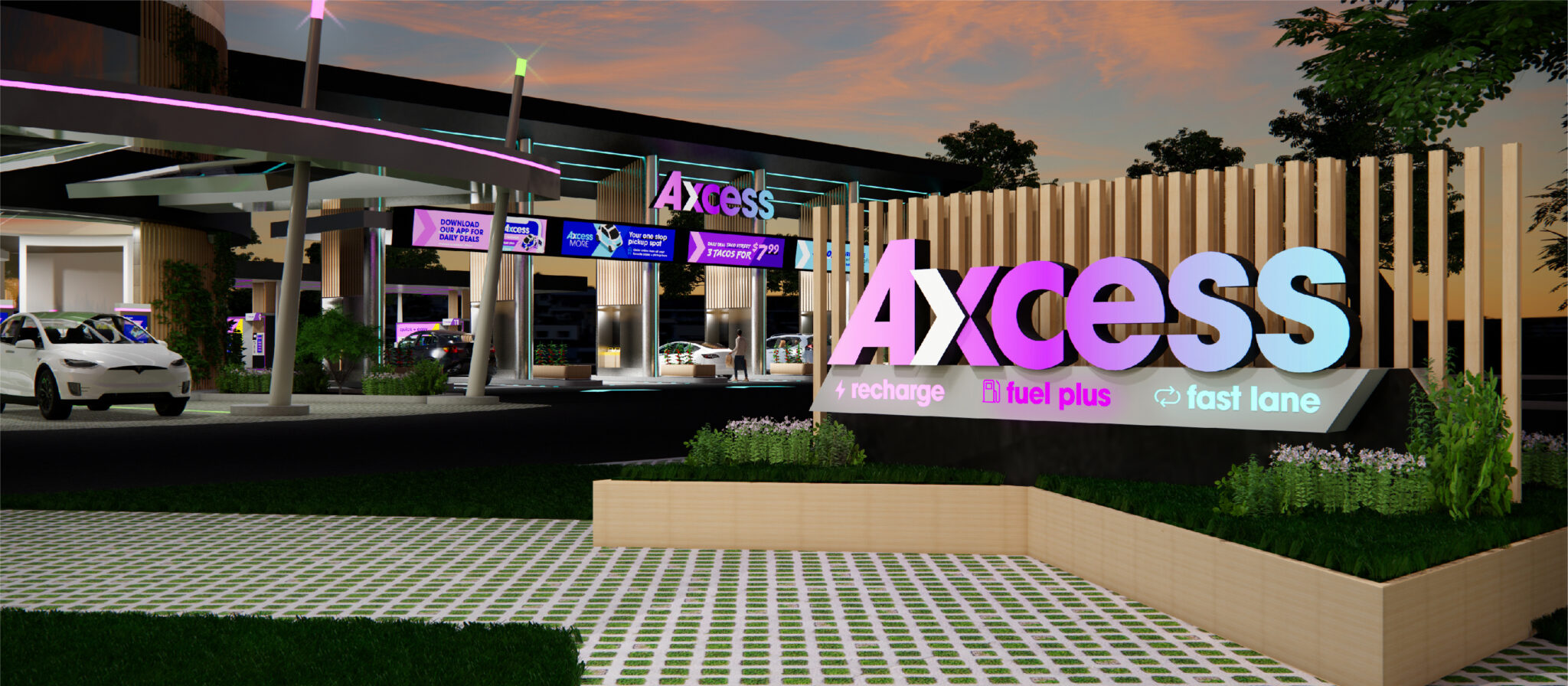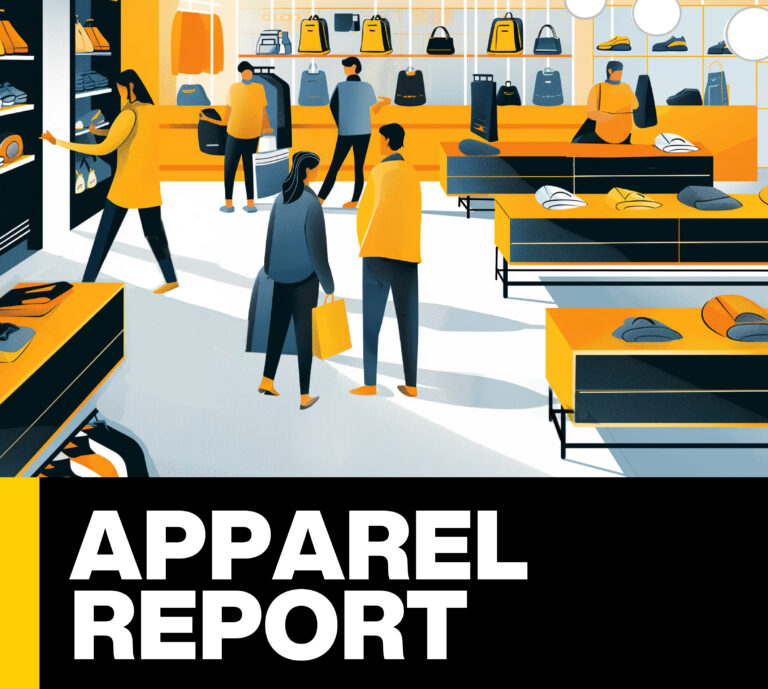×

There’s a growing gap in beauty retail that most brands don’t see coming. Our Director of Strategy, Alexa Jewell Schaefer, shares more in VMSD.

Racks of chips. Walls of cold beer. Punch-line worthy food items. Nowhere to plug in.
The first gas station convenience store launched nearly 100 years ago to make life more convenient, back before you could do anything or buy everything on a smartphone. But the shopping experience has remained essentially unchanged – making it less appealing for today’s rapidly changing consumer used to mobile Starbucks ordering and ticketless air travel.
The original “convenience” proposition is running out of gas, literally and figuratively. The decline of cigarette smoking, the rise of e-commerce and touchless tech, and the growing adoption of electric vehicles should be forcing gas stations and convenience stores to rethink how they stay relevant.
The future of these stores may come down to shifting today’s reliance on the snack driven in-and-out trip to a broader, redefined view of convenience using a blend of new technologies and hyper-convenient, digitally driven shopping experiences.
The Challenge with Today’s Perspective
Today’s business model is vulnerable, especially after the broad improvements in convenience across traditional retail due to the pandemic. Although c-stores can serve essential but limited need states (I need gas or soft drinks) they underleverage site potential for a world of new conveniences driven by evolving consumer needs. New models that offer higher quality fresh-prepared foods, such as Foxtrot Market are scaling.
But upgrading food offerings are not enough. Currently c-stores are very store centric while consumers are increasingly seeking touchless solutions. Getting out of the car to buy something is obsolete. With all the innovation over the last year (BOPIS, drive-thru, curbside pick-up), their convenience advantage has been stolen. It is hard to imagine a future where someone born in 2021 will understand why they are even called convenience stores.
Current convenience stores are also out of step with our online shopping expectations for service, supply, and delivery. Consumers have widely accepted the power of digital tools to book time, check occupancy, and order ahead according to individual preferences.
Perhaps most importantly, our vehicles are becoming a sanctuary of safety and control with increasingly sophisticated connectivity. As an extension of the smartphone through CarPlay, Android Auto, and integrated Alexa, our cars become portable addresses when we’re not at home.
Lastly, todays c-store experience ignores the trend of manufacturers pushing electric vehicles. The World Economic Forum has also declared that we’ve reached a peak in gasoline consumption, and looking forward, it will be trending down. Retailers without a strategic investment in EV charging stations are at risk of significantly reducing regular foot traffic they have relied on for decades.
New Dimensions of Convenience for Tomorrow’s C-Store
Tomorrow’s c-store must be multifaceted, redefining and innovating the business with respect for the rising tide of convenience across all retail and e-commerce. Thinking about these possibilities led our team to explore one such scenario. For the sake of concepting, we’ve dubbed it Axcess.

For starters, you don’t have to go inside, because it isn’t a store it’s a Convenience Hub. Axcess utilizes interactive technology, wireless connectivity, and automation, to take convenience to a new level. Close to where you live or work, the concept takes advantage of the c-store’s biggest asset, location, becoming an output device for the goods and services that make up your daily needs. Like a high-quality printer for your documents, you digitally send your routine and impulse retail needs to Axcess and they get fulfilled. The store is the app on your phone, the Alexa skill in your car’s infotainment system, drive-up kiosks, and AI based on the proximity of your vehicle to the location and time of day.
Axcess concept takes the core categories of today’s c-store, builds upon them, and takes them touchless. The main building is the hub of the concept. Food prep and high-density product inventory is on the second level. This allows for the flow of orders horizontally to drive-up lanes or the fuel center. It also allows flow vertically, down to the lifestyle center on the first level that is tuned to EV charging customers.
Radiating from the hub, the concept is designed around three tiers of convenience: Fast Lane, Fuel-Plus, and Re-charge.
Fast Lane is focused on high-frequency convenience needs like beverages, snacks, and meal solutions. Customers pull into one of the drive-thru lanes to order at a digital kiosk, or order ahead on the app to pick up once they arrive. Orders, including fresh-prepared meals and kits, are sent to each lane via an overhead shuttle. The high-density inventory can also support a broad assortment of fill-in grocery categories and such as baby, pet, and personal care needs that are not feasible in today’s space-constrained retail space. Oh, and your car is your wallet, enabled through connected vehicle technology.
The Axcess concept is also an aggregator of other local online purchases to create a central BOPIS pick-up location. Surrounding retailers can expedite orders there for easy pick-up in the Fast Lane.


Fuel-Plus brings the convenience of the Fast Lane concept to customers who also need to fill up. Customers can utilize the app or kiosks in the fuel pump for items that are dispatched to a central locker-type unit using the same overhead shuttle concept.
Re-charge provides owners of electric vehicles the choice to maximize their productivity or reinvigorate while their vehicles are charging. The easy access space on the ground floor provides the conveniences of the Fast Lane in an indoors, along with areas to sit and relax or get work done.
The current C-store format may be heading for the same fate as video rental in today’s convenience obsessed, digital world. The channel is ripe for disruption, and yet current investment is around upgrading food and beverage options, leaving broader trends and technological possibilities on the table.
Convenience stores no longer have a monopoly on convenience. Now everyone is after it. This is a high bar, but it’s time for c-stores to take it back and it could be a lot sooner than you imagine.


